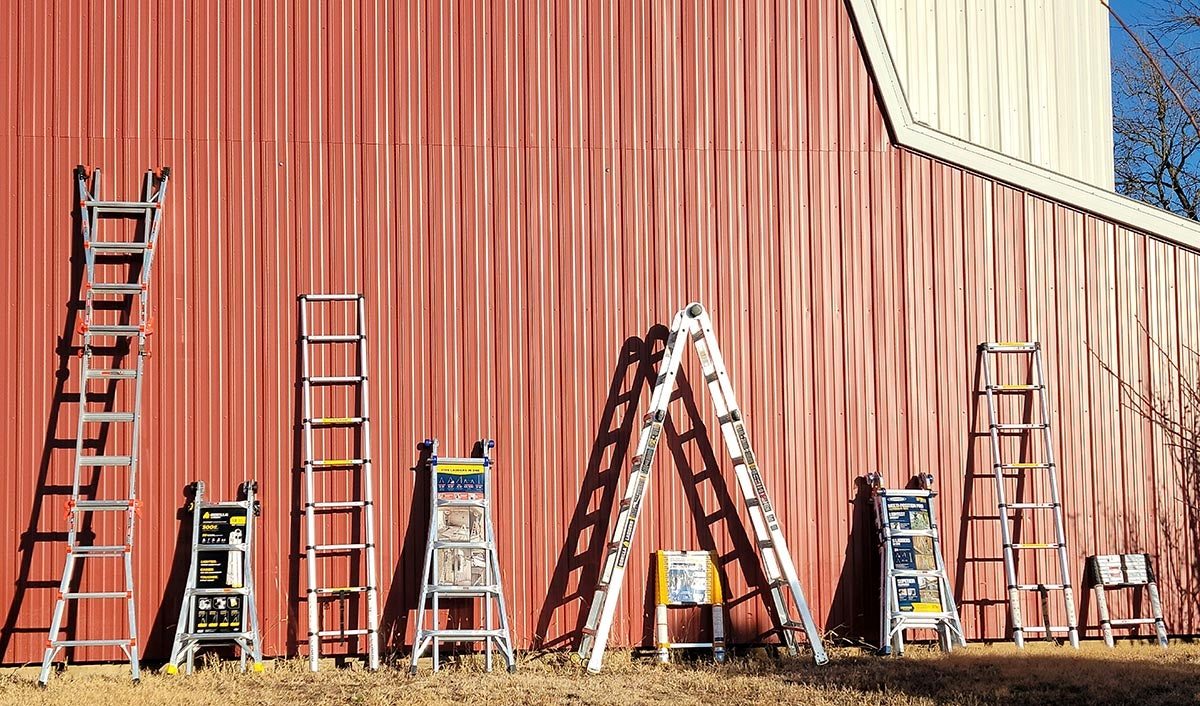

Articles
How To Measure Ladder Height
Modified: January 6, 2024
Learn how to measure ladder height accurately with these informative articles. Get tips and tricks for safe ladder usage.
(Many of the links in this article redirect to a specific reviewed product. Your purchase of these products through affiliate links helps to generate commission for Storables.com, at no extra cost. Learn more)
Introduction
When it comes to tasks that involve working at heights, having a ladder of the right size is crucial for safety and efficiency. Whether you’re a professional tradesperson or simply tackling a DIY project at home, knowing how to measure ladder height accurately is essential.
In this article, we will explore various methods to measure ladder height effectively. From direct measurement to advanced tools like digital laser measures, we will cover the different techniques and their pros and cons. By the end of this article, you’ll have a clear understanding of how to determine the height of your ladder accurately.
Before we dive into the specific measurement methods, it’s important to note that safety should always be a top priority when working with ladders. Make sure to follow proper ladder usage guidelines, secure the ladder properly, and have a spotter or support to ensure stability.
Now, let’s explore the different methods for measuring ladder height:
Key Takeaways:
- Accurately measuring ladder height is crucial for safety and efficiency. Methods range from direct measurement to advanced tools like digital laser measures, offering options for various needs and preferences.
- Prioritize safety and choose the most suitable method for your specific situation when measuring ladder height. Consider the tools available and the level of accuracy required to ensure safe and efficient use of ladders.
Ladder Height Measurement Methods
There are several methods you can use to measure the height of a ladder. The best method for you will depend on the tools you have available and your personal preference. Here are some common methods:
- Direct Measurement: This is the simplest and most straightforward method. Position the ladder in an upright position against a wall or another vertical surface. Using a tape measure or ruler, measure the distance from the base of the ladder to the highest point you want to reach. This method works well for straight ladders with a defined vertical height.
- Indirect Measurement: If you don’t have access to the ladder itself, but you know the ratio between the vertical and horizontal sides of the ladder, you can use an indirect measurement method. Measure the distance from the base of the ladder to a known reference point, such as a mark on the ground. Then, measure the length of the ladder’s incline. By using basic geometric principles, you can calculate the ladder’s height indirectly.
- Using a Plumb Line: This method is useful when measuring the height of a ladder that is not standing against a wall or vertical surface. Tie a weighted object, such as a small bag of sand or a heavy tool, to a string. Hang the string from the highest point of the ladder and allow it to hang freely. Measure the distance from the base of the ladder to the string. This measurement will give you an accurate idea of the ladder’s height.
- Using a Tape Measure: If you have access to a long tape measure, you can use it to measure the height of the ladder directly. Extend the tape measure up along the ladder’s side, starting from the base and reaching the highest point. Take note of the measurement at the top, which will indicate the ladder’s height.
- Using a Digital Laser Measure: For those who prefer more advanced technology, a digital laser measure can provide precise measurements. Simply aim the laser at the top of the ladder, and the device will display the height on its screen. This method is quick, accurate, and ideal for both indoor and outdoor use.
- Using a Height Measuring Device: There are specific devices available on the market designed for measuring ladder height. These devices typically consist of an adjustable arm and a level. Place the device against the ladder, adjust the arm to match the ladder’s height, and read the measurement on the level. This method is user-friendly and provides reliable results.
- Using an Attributed Angle: If you have a protractor or a smartphone app that can measure angles, you can use an attributed angle method. Place the ladder against a vertical surface and measure the angle between the ladder and the ground. With trigonometric calculations, you can determine the ladder’s height.
- Using a Trigonometric Calculation: If you have the length of the ladder’s incline and the angle at which it leans against the surface, you can use trigonometry to calculate the height. By using the tangent function, you can determine the height based on the length of the incline and the angle.
Now that you are familiar with the different methods for measuring ladder height, it’s important to choose the most suitable method for your specific situation. Consider the tools you have available and the level of accuracy you require. By measuring your ladder accurately, you can ensure safety and efficiency in your work.
Method 1: Direct Measurement
Direct measurement is one of the simplest and most common methods used to determine the height of a ladder. It is particularly useful for straight ladders with a defined vertical height. To use this method, follow these steps:
- Position the ladder in an upright position against a wall or another vertical surface.
- Make sure the ladder is secure and stable, using appropriate techniques such as ladder leveling or bracing.
- Using a tape measure or ruler, measure the distance from the base of the ladder to the highest point you want to reach. This could be the top step, the top rung, or any other point that you need to reach for your task.
- Take note of the measurement for the ladder’s height.
When using this method, it is important to ensure the ladder is placed vertically and securely against the surface. Position the tape measure or ruler parallel to the ladder’s side to get an accurate measurement. Ensure that the tape measure or ruler is straight and not bending or curving, as this can affect the accuracy of the measurement.
If your ladder has specialized features or attachments, such as hooks or extension capabilities, make sure to take them into account when measuring the ladder’s height. Measure to the highest point of the ladder, even if it extends beyond the main frame.
Direct measurement is a straightforward and reliable method, as long as the ladder is positioned correctly and the measurement is taken accurately. It provides a precise measurement of the ladder’s height, allowing you to choose the appropriate ladder for your needs or assess whether the ladder will reach the desired height for your task.
It’s worth noting that ladder height is often specified by the manufacturer and may vary slightly from the measured height. This is because manufacturers typically measure ladder height from the top rung to the ground rather than the highest reachable point. Therefore, it can be helpful to consult the ladder’s specifications or reach out to the manufacturer for additional guidance on measuring ladder height.
Now that you are familiar with the direct measurement method, you can confidently measure the height of your ladder for safe and efficient use in various tasks.
Method 2: Indirect Measurement
Indirect measurement is a useful method for determining the height of a ladder when you don’t have direct access to the ladder itself. This method is particularly handy when you know the ratio between the ladder’s vertical and horizontal sides. Here’s how you can use the indirect measurement method:
- Measure the distance from the base of the ladder to a known reference point, such as a mark on the ground.
- Measure the length of the ladder’s incline, from the base to the highest point you want to reach.
- Using basic geometric principles, calculate the height of the ladder indirectly.
To calculate the ladder’s height, you can use the ratio between the height and the base of the ladder. For example, if the vertical height is three times the horizontal base length, you can multiply the measured base length by three to determine the ladder’s height.
The key to accurate indirect measurement is ensuring precise measurements of both the base length and the incline length. Use a tape measure or ruler to measure the distances carefully, ensuring the measurements are as accurate as possible.
Indirect measurement is particularly useful when working with extension ladders, where the height can be adjusted by adding or removing ladder sections. By knowing the ratio between the vertical and horizontal sides, you can estimate the ladder’s height when it is fully extended or modified.
It’s important to note that while indirect measurement can provide a good estimate of the ladder’s height, it may not be as precise as direct measurement or using advanced measurement tools. Therefore, it’s advisable to double-check the calculated height using other methods if accuracy is critical for your task.
This method is especially helpful if you need to determine the ladder’s height before purchasing it or if you need to assess whether the ladder will reach a specific height for your task. By understanding and applying the indirect measurement method, you can make informed decisions when it comes to choosing and utilizing ladders.
Now that you know how to measure ladder height using the indirect measurement method, you can confidently determine the height of your ladder, even without direct access to it.
Method 3: Using a Plumb Line
When it comes to measuring the height of a ladder that is not standing against a wall or vertical surface, using a plumb line can be an effective method. This method allows you to determine the ladder’s height with accuracy. Here’s how you can use a plumb line to measure ladder height:
- Select a weighted object, such as a small bag of sand or a heavy tool, and attach it securely to a string or thin rope.
- Position the ladder in an upright position, ensuring it is stable and secure.
- Hang the plumb line from the highest point of the ladder, allowing it to hang freely.
- Use a tape measure or ruler to measure the distance from the base of the ladder to the string.
The measurement you obtain will give you an accurate idea of the ladder’s height. The plumb line method works based on the principle that a freely hanging line will always align with the center of gravity due to gravity’s pull. By using this alignment, you can measure the ladder’s height reliably.
It’s important to ensure that the ladder is positioned vertically and securely before using the plumb line method. The ladder’s stability is critical for accurate measurement. Additionally, make sure that the string or rope used for the plumb line is taut and straight, without any twists or bends that may affect the measurement.
A significant advantage of using a plumb line to measure ladder height is that it can be used even when the ladder is not leaning against a wall or solid vertical surface. This makes it useful for measuring the height of freestanding ladders or extension ladders that are not in contact with a vertical support. The plumb line method is quick, simple, and does not require any specialized equipment.
By utilizing the plumb line method, you can accurately measure the height of your ladder, even in situations where traditional measurement methods may not be applicable. This knowledge is valuable for selecting the appropriate ladder for your needs and ensuring safety and efficiency while working at heights.
Now that you’re familiar with the plumb line method, you can confidently measure the height of your ladder in various scenarios.
Read more: Understanding The Various Ladder Heights
Method 4: Using a Tape Measure
Using a tape measure is a practical and straightforward method to measure the height of a ladder accurately. If you have a long tape measure at your disposal, you can easily determine the ladder’s height by following these steps:
- Position the ladder in an upright and stable position, ensuring it is securely placed.
- Stand at the base of the ladder and extend the tape measure upwards along the side of the ladder.
- Ensure that the tape measure is straight and parallel to the ladder’s side.
- Extend the tape measure until it reaches the highest point you want to measure.
- Note the measurement at the top of the ladder, which represents the ladder’s height.
When using this method, it’s important to keep the tape measure straight and taut to obtain an accurate measurement. Ensure that the tape measure is not bent or sagging, as this may lead to an incorrect measurement. Additionally, make sure that the ladder itself is positioned vertically, as any lean or tilt may affect the final measurement.
A advantage of using a tape measure to measure ladder height is that it’s a readily available tool found in most household toolboxes. It is portable, easy to use, and does not require any additional equipment or complicated procedures.
However, it’s worth noting that using a tape measure may not be the most precise method, especially if you’re working with long ladders or require high accuracy. Factors such as sagging or uneven ground surfaces can affect the measurement. In such cases, it’s recommended to consider other methods such as digital laser measures or height measuring devices for more accurate results.
Using a tape measure to measure ladder height is a practical and accessible option, ideal for simple measurements or quick assessments. By utilizing this method, you can determine the height of your ladder, helping you choose the right ladder for your tasks or ensuring that the ladder will reach the required height safely.
Now that you know how to measure ladder height using a tape measure, you can confidently assess the height of your ladder for various purposes.
When measuring ladder height, always start from the base and extend the tape measure or measuring stick vertically to the highest point of the ladder. Take the measurement from the ground to the highest point for an accurate reading.
Method 5: Using a Digital Laser Measure
When it comes to precise and efficient measurement of ladder height, using a digital laser measure can be a game-changer. This advanced tool provides quick and accurate measurements using laser technology. Here’s how you can use a digital laser measure to measure ladder height:
- Ensure that the ladder is placed in an upright position and is stable and secure.
- Hold the digital laser measure and aim it at the topmost point of the ladder.
- Activate the laser measure, and it will emit a laser beam to measure the distance to the ladder’s top.
- The digital laser measure will display the measurement on its screen, indicating the ladder’s height.
One of the significant advantages of using a digital laser measure is that it provides quick and precise measurements without the need for physical contact with the ladder. The laser beam allows for accurate measurement of the ladder’s height, even when there are obstacles or uneven ground surfaces.
Another benefit of using a digital laser measure is its versatility. It can be used for both indoor and outdoor measurements and can handle various ranges and distances. As a result, it is suitable for different types of ladders, including extension ladders, step ladders, or any ladder with an accessible top point for laser measurement.
It’s important to note that digital laser measures are available in a range of models, with different features and measurement capabilities. Some models might offer additional functionalities such as calculating areas or performing indirect measurements through the device’s built-in features. Be sure to consult the user manual and follow the manufacturer’s instructions for accurate measurements.
While digital laser measures are incredibly accurate and efficient, they may be more expensive compared to other measurement methods. However, for professionals or enthusiasts frequently working with ladders, investing in a digital laser measure can greatly enhance productivity and measurement accuracy.
Using a digital laser measure to measure ladder height is a convenient, time-saving, and accurate method. By utilizing this advanced tool, you can confidently determine the height of your ladder with ease and precision.
Now that you know how to measure ladder height using a digital laser measure, you can take advantage of this modern technology for efficient and accurate measurements in various settings.
Method 6: Using a Height Measuring Device
If you’re looking for a user-friendly and reliable method to measure ladder height, using a height measuring device can be a great option. These specialized devices are designed for measuring heights accurately and easily. Here’s how you can use a height measuring device to measure ladder height:
- Ensure that the ladder is positioned in an upright and stable manner.
- Place the height measuring device against the ladder, aligning the bottom of the device with the ladder’s base.
- Adjust the arm of the device, extending it until it reaches the top of the ladder.
- Read the measurement displayed on the device, which indicates the ladder’s height.
A height measuring device typically consists of an adjustable arm with a level indicator. It provides a straightforward and accurate measurement by aligning the level with the ladder’s top point. The device allows you to adjust the arm to match the ladder’s height precisely, giving you reliable and consistent results.
Using a height measuring device is advantageous as it eliminates the need for manual measurements and calculations. It provides a clear visual indication of the ladder’s height, making it a user-friendly option for both professionals and DIY enthusiasts.
Height measuring devices are specifically designed for measuring vertical heights and can be used on various types of ladders, including step ladders, extension ladders, or any ladder with a reachable top point for the device. They offer a convenient and efficient solution for accurately determining ladder height.
While height measuring devices offer reliable measurements, it’s essential to ensure that the device is aligned with the ladder correctly. Ensure that the device is placed securely against the ladder’s side and that the arm is extended in a straight and vertical manner.
By using a height measuring device, you can easily and accurately measure ladder height without the need for complex calculations or additional tools. It’s a practical option for individuals who frequently work with ladders or need precise height measurements for their tasks.
Now that you’re familiar with using a height measuring device, you can confidently determine the height of your ladder with ease and precision.
Method 7: Using an Attributed Angle
If you have a protractor or a smartphone app that can measure angles, an attributed angle method can be an effective way to determine the height of a ladder. This method utilizes trigonometric calculations based on the angle formed between the ladder and the ground. Here’s how you can use this method:
- Position the ladder against a vertical surface or align it with a known vertical reference.
- Measure the angle formed between the ladder and the ground using a protractor or angle-measuring feature on a smartphone app.
- Use trigonometric calculations to determine the ladder’s height.
To calculate the ladder’s height with an attributed angle, you will need to know the length of the ladder’s incline or the distance from the bottom of the ladder to the highest point of the ladder that you want to reach.
Using trigonometry, you can apply the tangent function to find the ladder’s height. The formula is as follows: height = incline length × tan(angle).
Make sure to measure the angle accurately and use the correct units, either degrees or radians, depending on the trigonometric function on your calculator or smartphone app. Double-check the measurements to ensure precise calculations.
It’s important to note that this method requires a good understanding of trigonometry and accurate measurements of both the angle and the incline length. However, once you have the necessary measurements, this method can provide a reliable estimation of the ladder’s height.
Using an attributed angle is particularly useful when precise height measurements are required and traditional methods such as direct measurement or tape measures may not be practical or applicable. It allows you to assess the ladder’s height based on the angle at which it is inclined, providing valuable information for selecting the right ladder or determining its reach for various tasks.
By utilizing the attributed angle method, you can confidently determine the height of your ladder using basic trigonometric principles. It is a mathematically accurate approach that can be handy in situations where other methods may not be suitable.
Now that you know how to measure ladder height using an attributed angle, you can apply this method to calculate the height of your ladder with precision.
Method 8: Using a Trigonometric Calculation
If you have the length of the ladder’s incline and the angle at which it leans against the surface, you can use trigonometry to calculate the ladder’s height accurately. This method is particularly useful when precise measurements are required and you have the necessary information. Here’s how you can use trigonometric calculations to determine the ladder’s height:
- Measure the length of the ladder’s incline, from the base to the highest point you want to reach.
- Measure the angle at which the ladder is inclined using a protractor or an angle-measuring feature on a smartphone app.
- Apply the trigonometric tangent function to calculate the ladder’s height.
The formula for calculating the ladder’s height using trigonometry is: height = incline length × tan(angle).
Make sure to use the correct units for the angle measurement, either degrees or radians, depending on the trigonometric function on your calculator or smartphone app. Accuracy in measuring both the angle and the incline length is crucial for precise calculations.
Trigonometric calculations provide an accurate approach to determine the ladder’s height, especially when direct measurements or other methods may not be suitable. This method allows you to assess the ladder’s height based on its incline angle, which can be useful for various situations where precise measurements are essential.
It’s important to note that using trigonometric calculations requires a basic understanding of trigonometry and accurate measurements of both the angle and the incline length. If you’re not familiar with trigonometry, it may be helpful to consult a trigonometric reference or seek assistance from someone with expertise in trigonometry.
Utilizing trigonometric calculations is ideal when you have accurate measurements and want to obtain precise results for the ladder’s height. It can assist in selecting the appropriate ladder for a specific task or ensuring that a ladder can reach the required height safely and efficiently.
By applying trigonometric calculations, you can confidently determine the height of your ladder based on measurements of the incline and the angle. It’s a powerful method that provides mathematical accuracy for measuring ladder height.
Now that you know how to use trigonometric calculations to measure ladder height, you can apply this method to calculate the height of your ladder with precision.
Conclusion
Measuring ladder height accurately is essential for safety and efficiency when working at heights. In this article, we explored various methods to measure ladder height, each with its own advantages and considerations.
Direct measurement is a straightforward method that involves measuring the distance from the ladder’s base to the highest point, providing a precise height measurement. Indirect measurement, on the other hand, utilizes ratios and geometric principles to calculate ladder height without direct access to the ladder. Both methods offer reliable results, depending on the availability of tools and information.
The plumb line method is especially useful when measuring freestanding ladders, allowing for accurate height determination by utilizing the alignment of a weighted string. Using a tape measure is a practical option, providing a quick and accessible approach to measure ladder height. Digital laser measures and height measuring devices offer advanced and user-friendly solutions, providing precise measurements without physical contact with the ladder.
For those fluent in trigonometry, attributed angle and trigonometric calculation methods provide mathematical accuracy in determining ladder height based on incline length and angle measurements. These methods are ideal for situations where precise measurements are required.
When measuring ladder height, it’s crucial to follow proper ladder usage guidelines, ensuring the ladder is stable and secure. Always prioritize personal safety and utilize appropriate techniques to avoid accidents or injuries.
By understanding and applying these various methods, you can confidently measure ladder height for various purposes, including selecting the right ladder for a task, assessing reach requirements, or determining the adequacy of ladder size for a specific job.
Remember, accuracy is key when measuring ladder height. While some methods may provide approximate measurements, consider using more than one method or consulting ladder specifications for precise measurements whenever necessary.
Now, armed with the knowledge from this article, you can confidently measure ladder height using different methods, ensuring safe and efficient use of ladders in your projects and tasks.
Frequently Asked Questions about How To Measure Ladder Height
Was this page helpful?
At Storables.com, we guarantee accurate and reliable information. Our content, validated by Expert Board Contributors, is crafted following stringent Editorial Policies. We're committed to providing you with well-researched, expert-backed insights for all your informational needs.
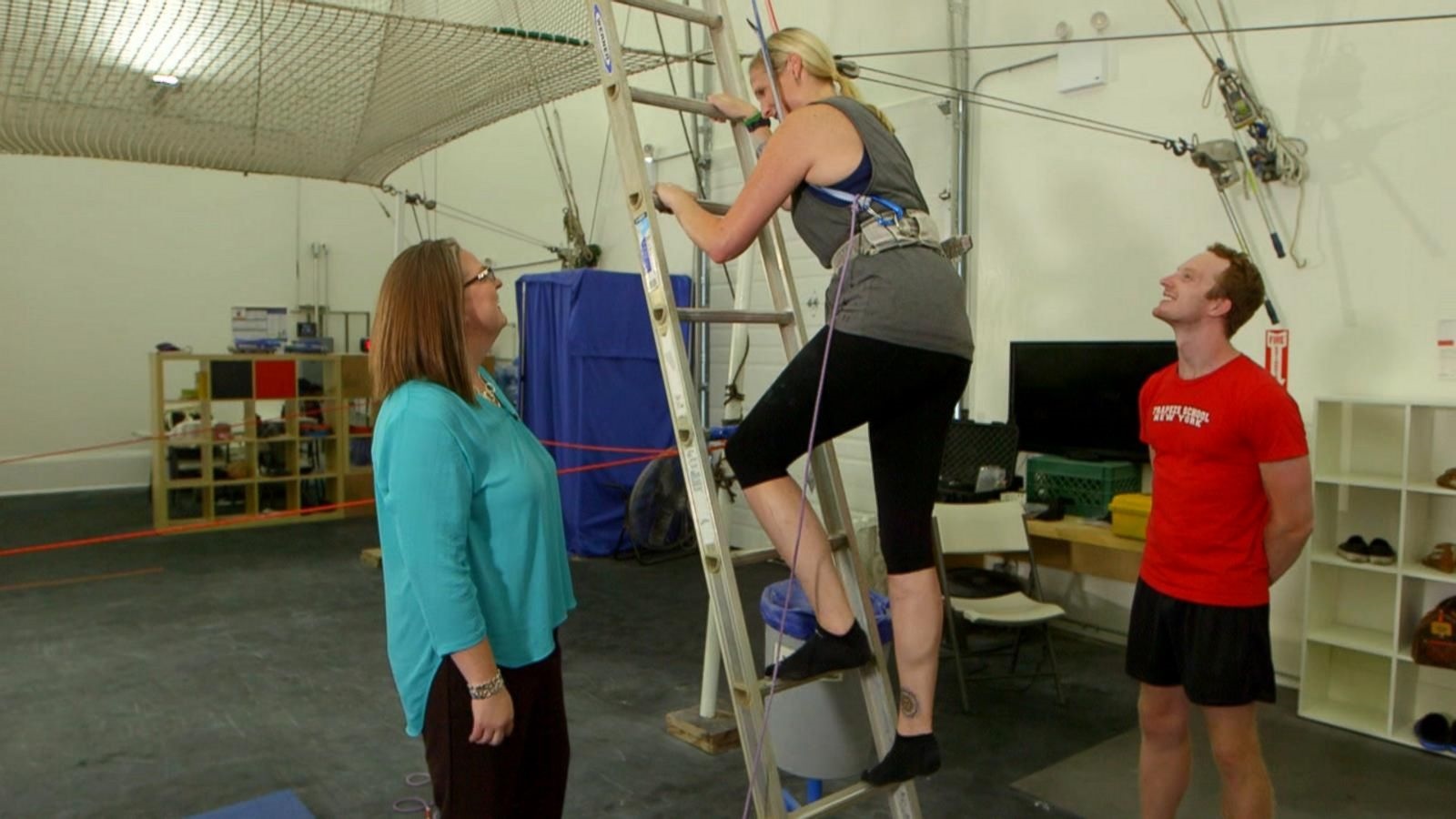

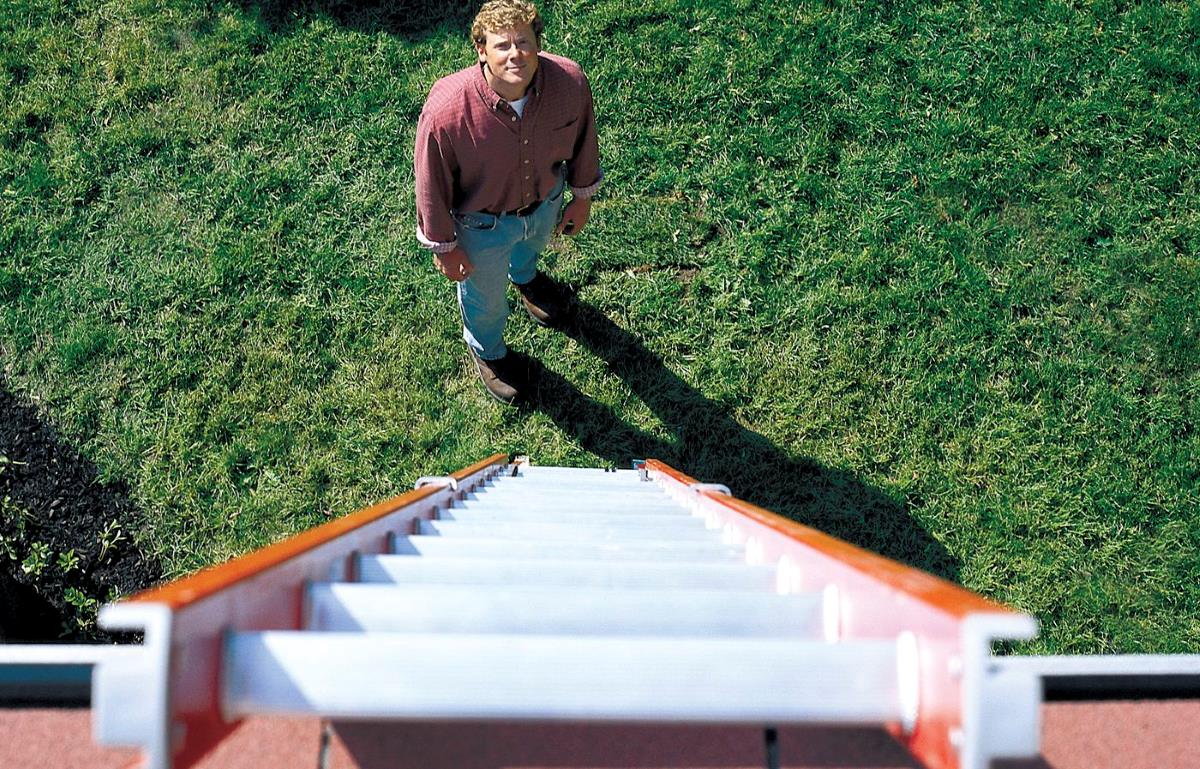
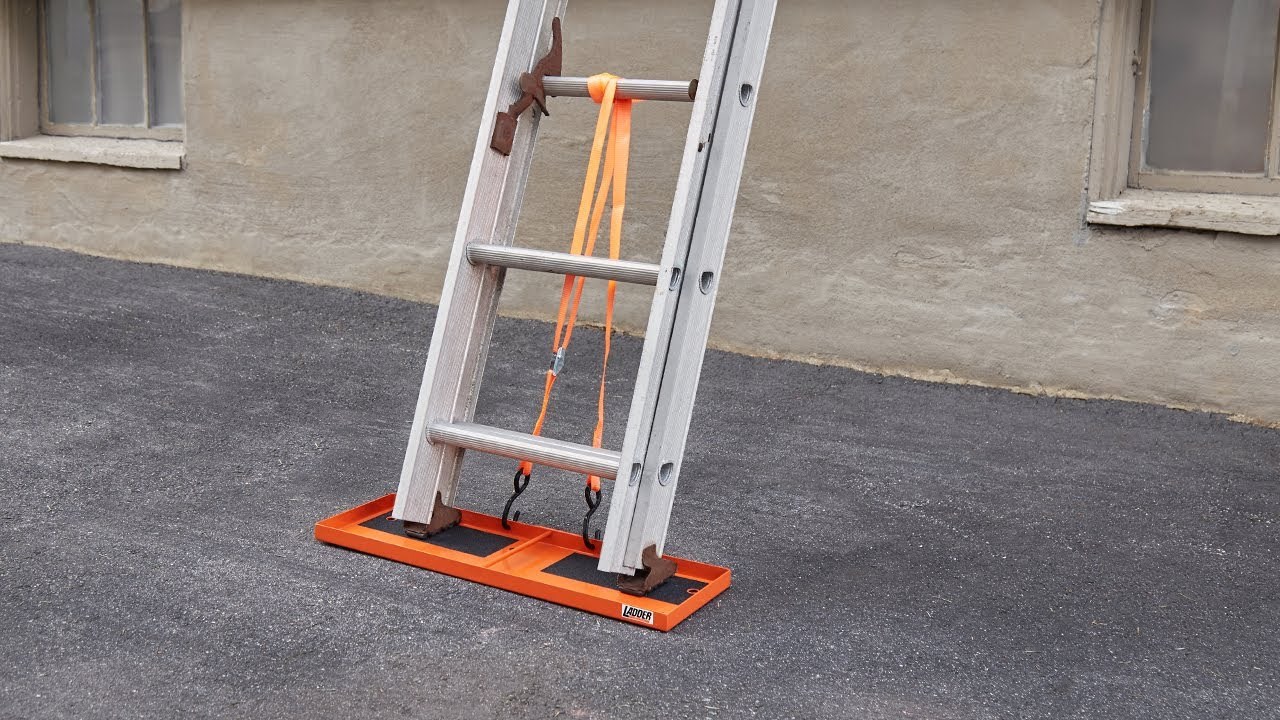

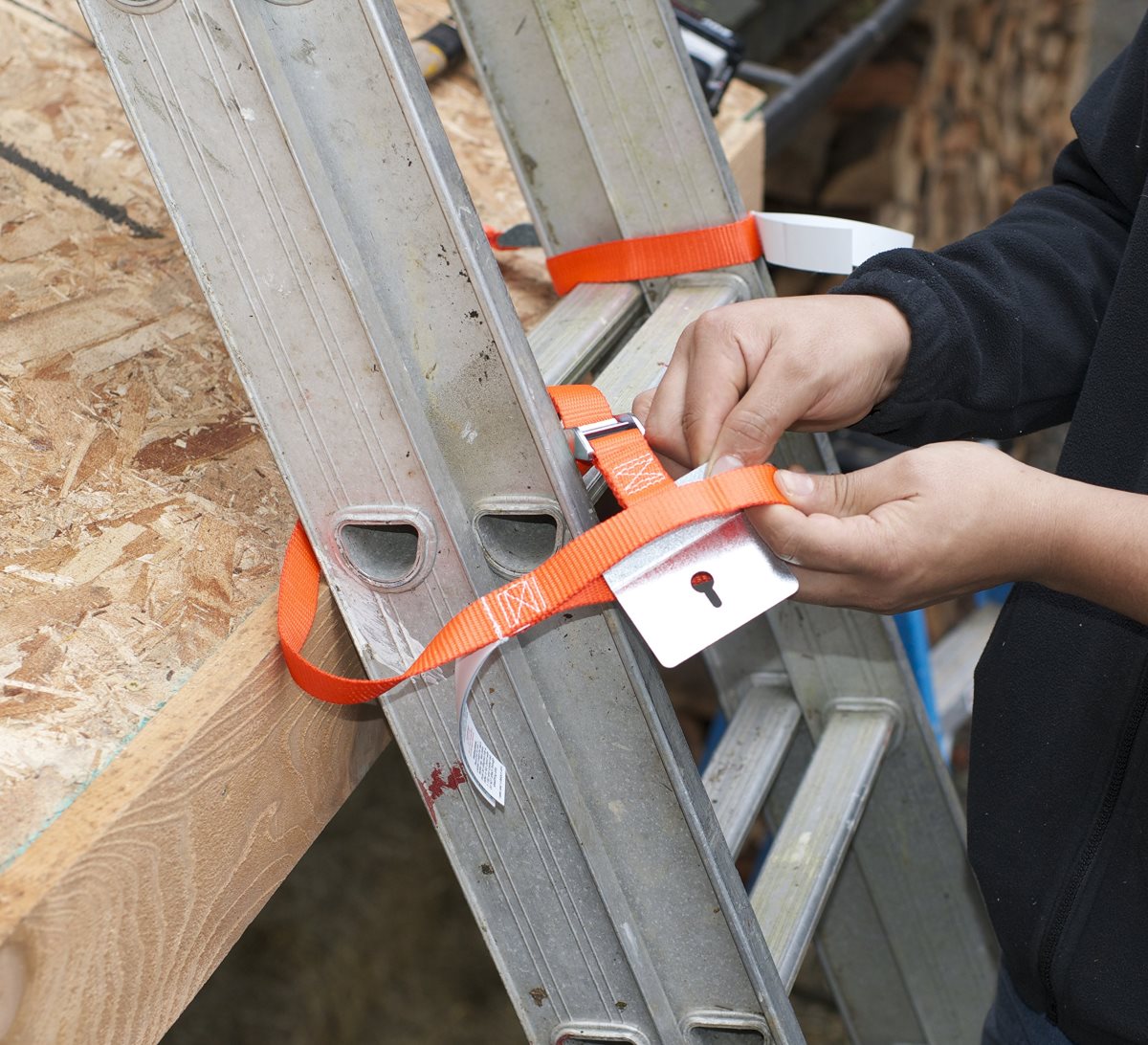
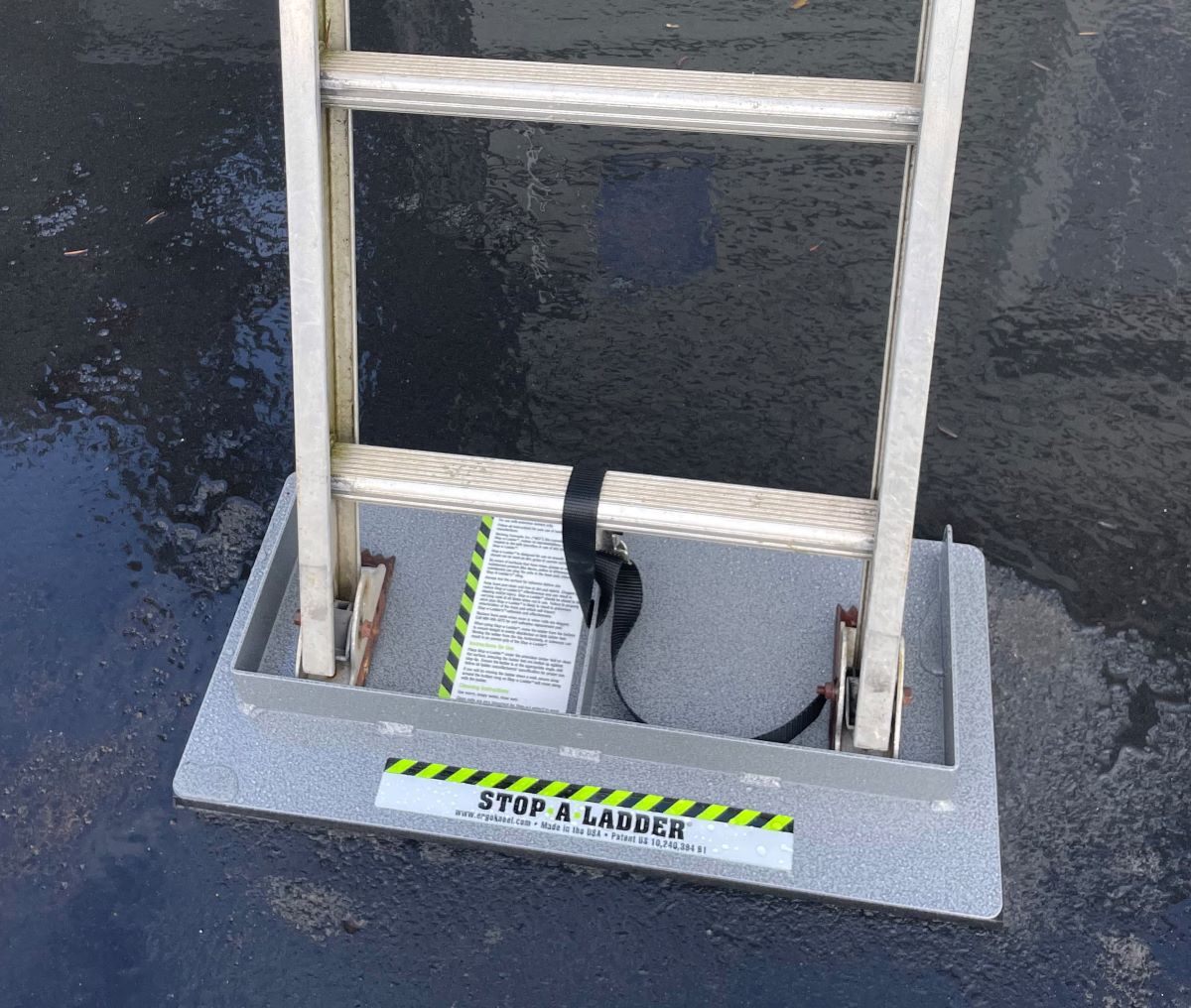

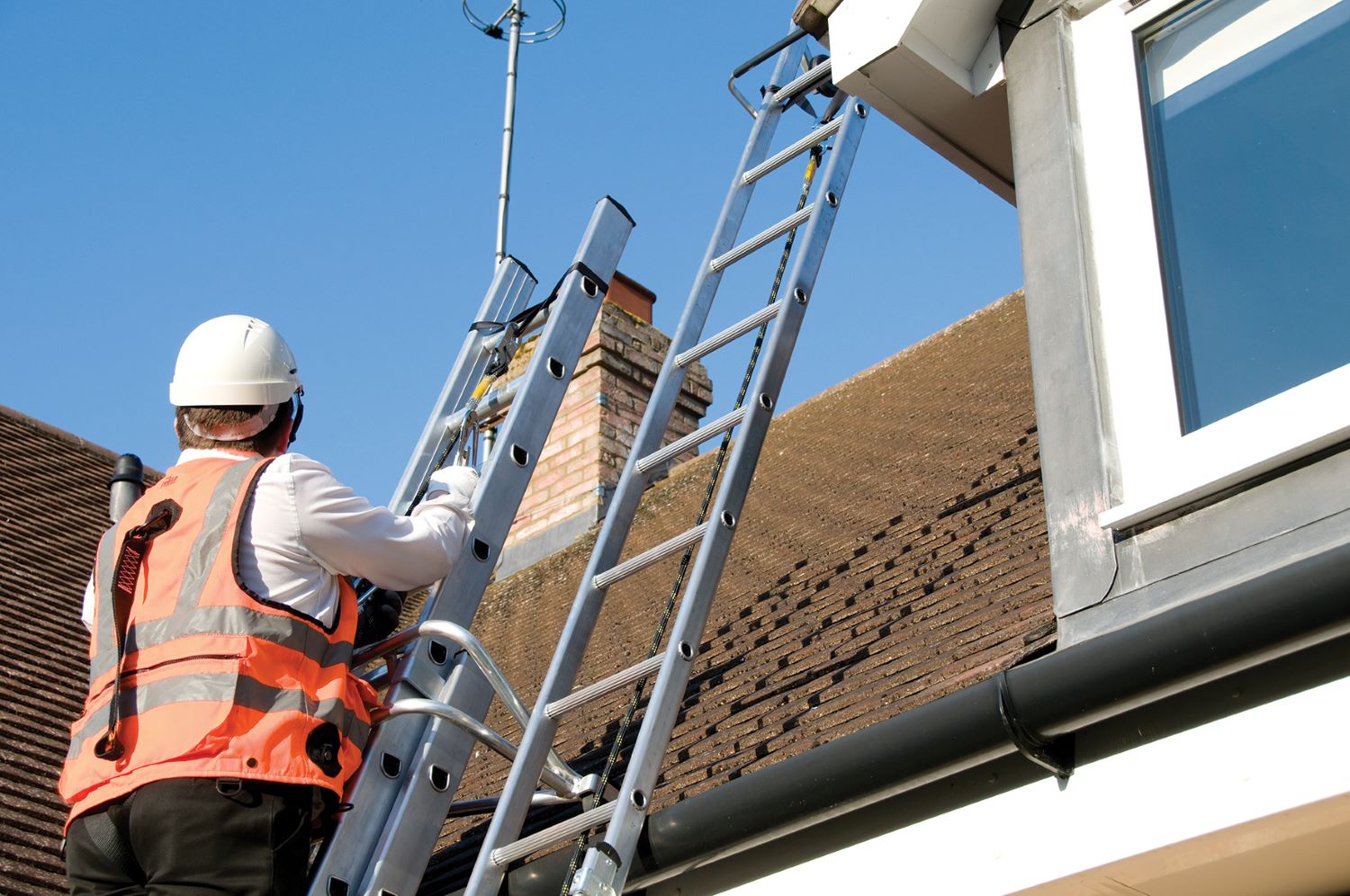
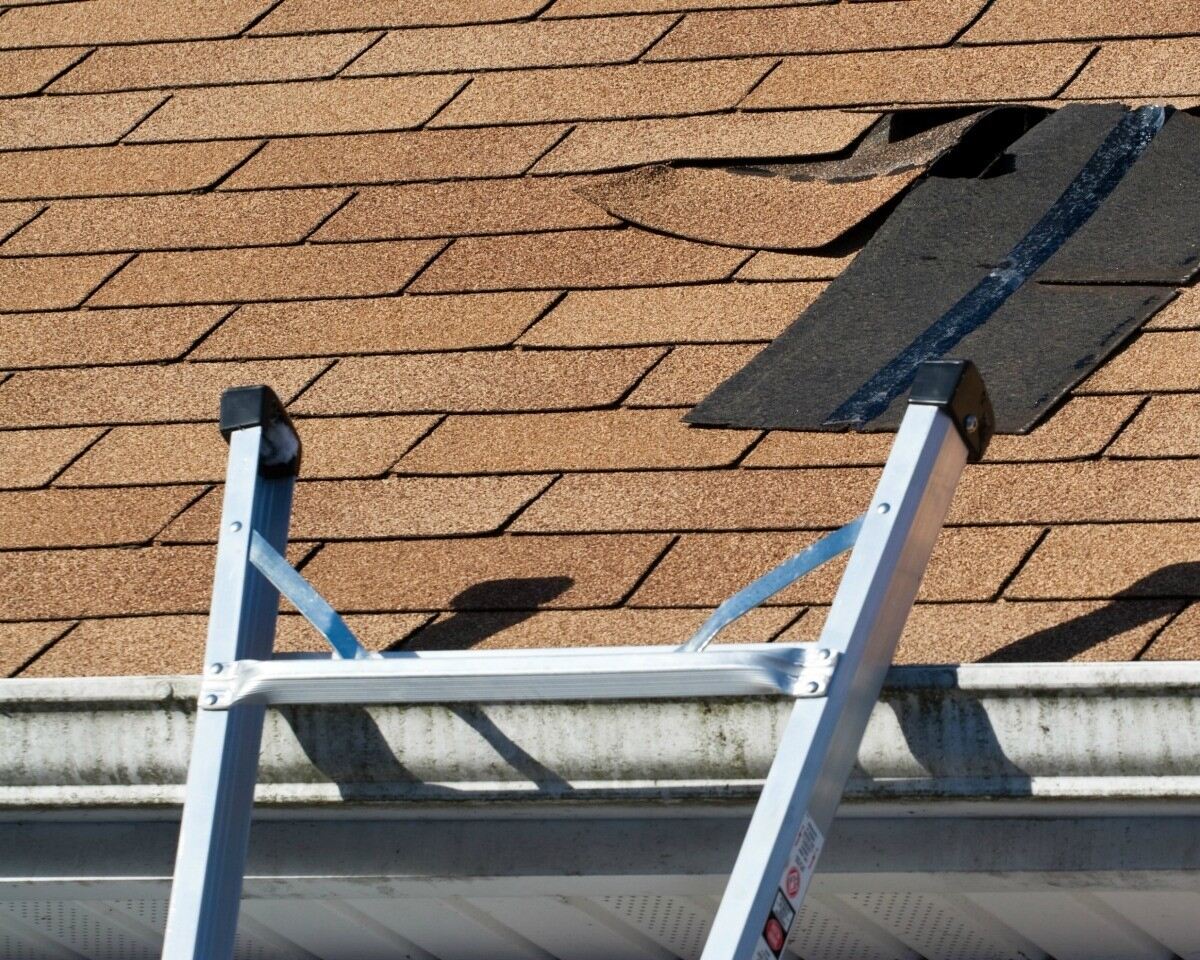
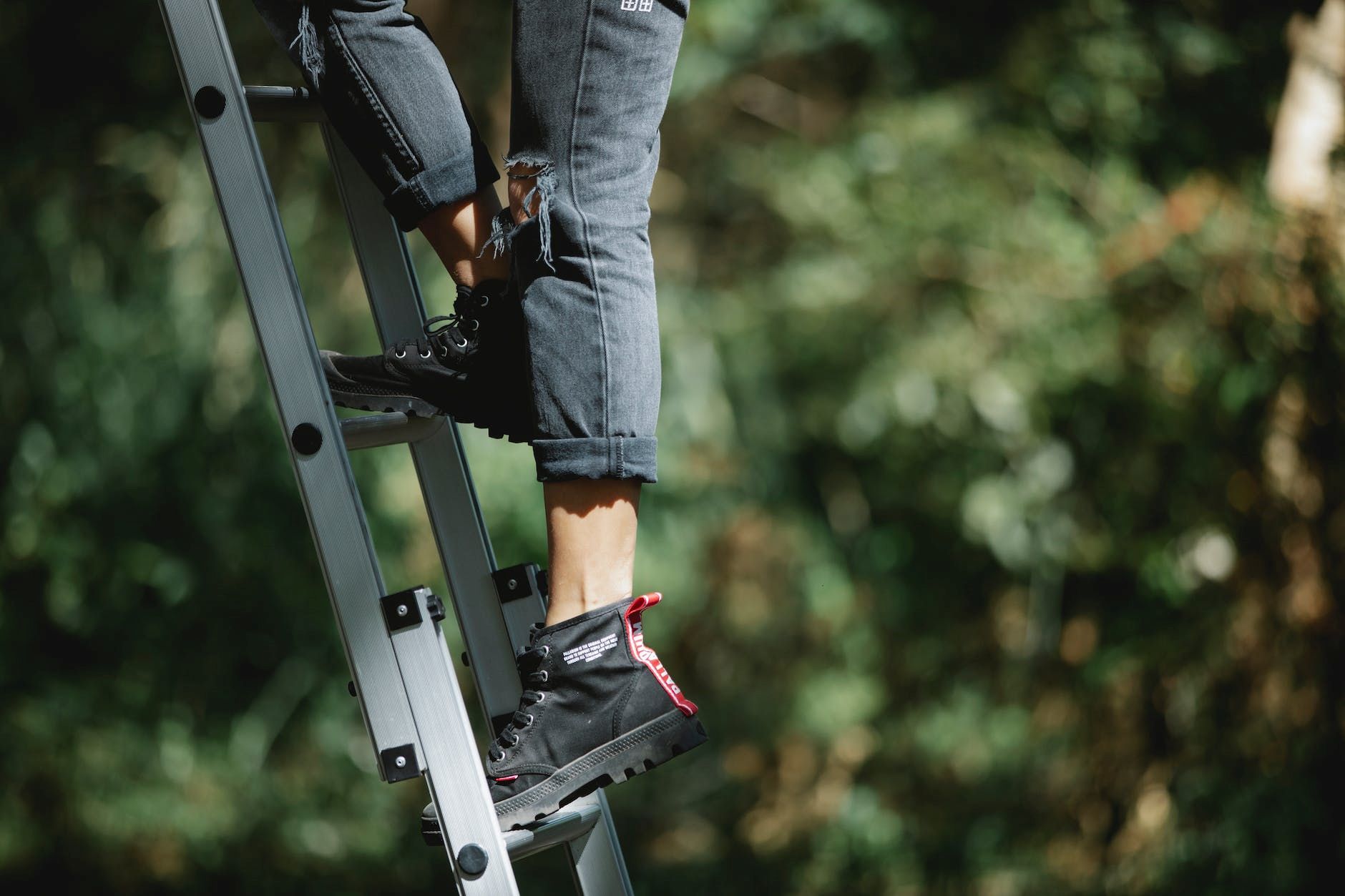
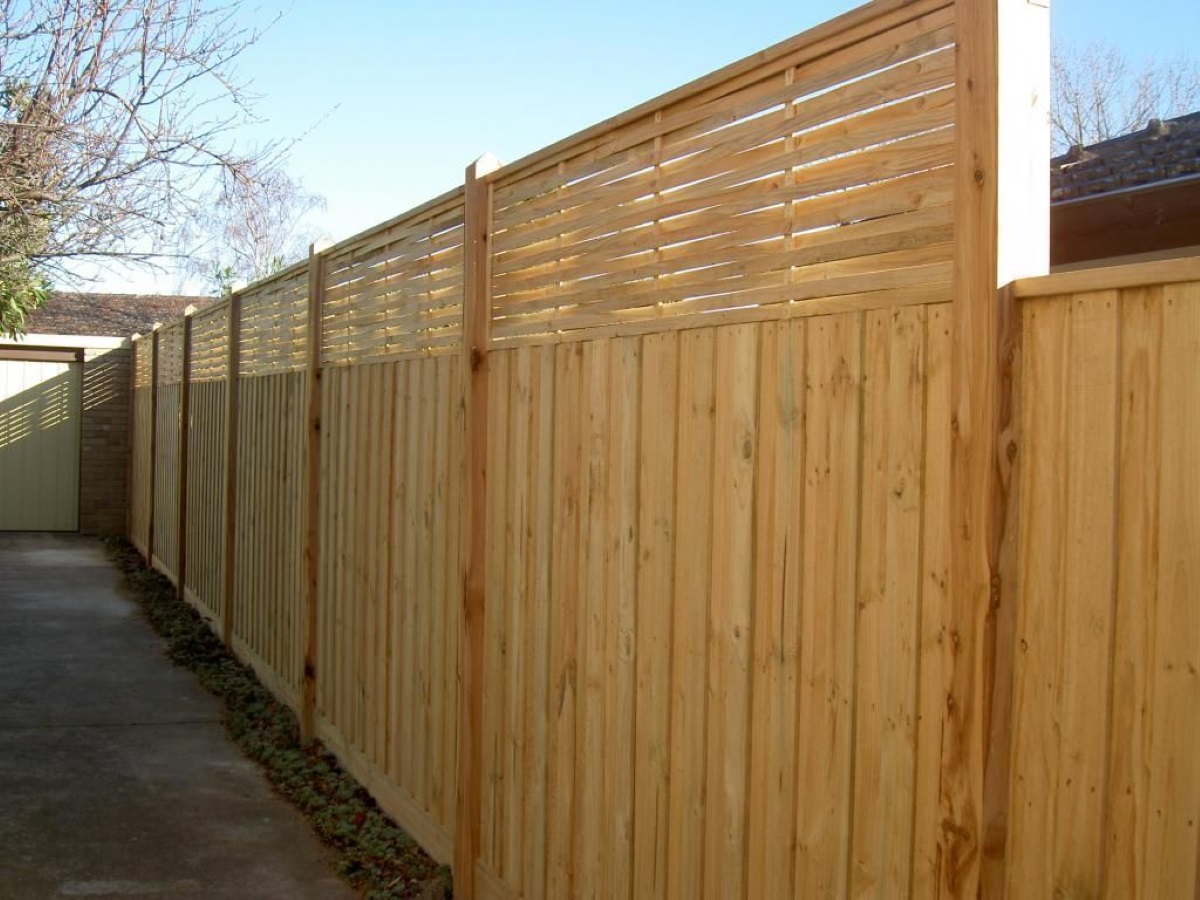


0 thoughts on “How To Measure Ladder Height”